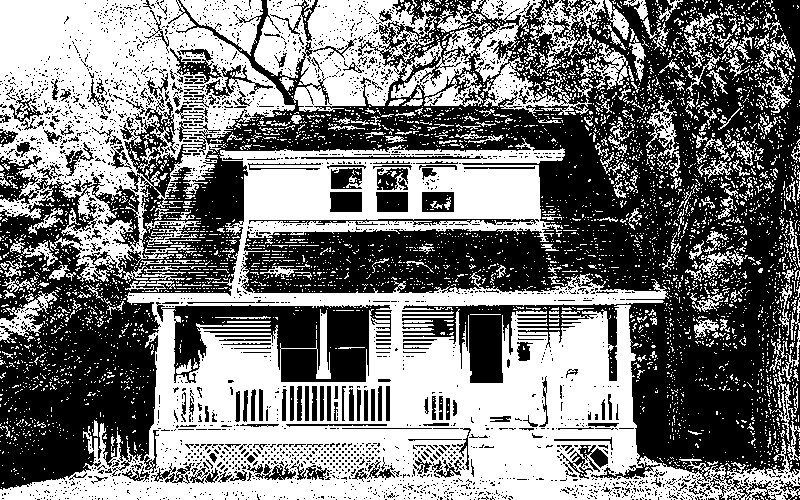Affordable housing is an issue in the Mad River Valley. There is simply not enough of it. This issue is why the Mad River Valley Housing Coalition (MRVHC) exists. “The MRVHC facilitates the creation and preservation of affordable housing in the Mad River Valley,” explained Kaziah Haviland-Montgomery, housing coordinator for the MRVHC. While the MRVHC is not a developer, its work enables individuals, organizations and towns to increase the affordable housing supply through programs, grants, free professional assistance and partnership building.
“Access to affordable housing has become a wider-ranging issue in the Mad River Valley over the past decade,” said Haviland-Montgomery. “As of 2020, our community was largely unable to provide homes for those who are younger than age 65 or made less than $100,000.”
As this problem worsens, Haviland-Montgomery predicts the Mad River Valley (MRV) will lose younger families and workers who can’t afford appropriate housing. “Our teachers, nurses, government workers and service industry professionals can no longer afford to purchase a home here without outside means,” said Haviland-Montgomery.
MEDIAN SALE PRICE
Data from Housingdata.org puts the 2020 median home sale price for Washington County at $236,000. In The Valley, the median home sale prices for Fayston, Waitsfield and Warren were $365,000, $445,000 and $320,000, respectively.
“As of last year, the MRV had a less than 1% vacancy rate for rentals,” Haviland-Montgomery pointed out. “This means it is incredibly hard to find a year-round rental and makes the market more competitive, driving prices up.”
According to Housingdata.org, as of January 2021, between 32-51% of renters in the MRV were paying over 30% of their income toward housing expenses. Between 17-33% were severely rent burdened paying over 50% of their income toward household expenses. “This leaves little to spend on other necessities such as food, health care and transportation and makes it harder to save money or have any sort of upward economic mobility,” said Haviland-Montgomery.
MAKE FUNDS MORE ACCESSIBLE
One major goal of the MRVHC is to make state and federal funds more accessible to individuals who need housing and organizations interested in developing housing in The Valley. “We want to help create an environment that supports the creation of affordable housing at all scales,” said Haviland-Montgomery.
For Haviland-Montgomery, each day working for the MRVHC brings new challenges. Her work encompasses the creation of housing programs, the development of funding mechanisms and the building of partnerships with other housing organizations locally and statewide. The work also has some urgency to it, as the MRVHC realized that the problem of a lack of affordable housing in The Valley has grown exponentially worse over the past few years.
Currently, the coalition runs a program called the MRV Accessory Dwelling Unit Program (MRV ADUP), which is run by the philosophy that the only way to improve housing options in the MRV is to implement a broad range of solutions. “Larger scale housing solutions will take years to implement,” said Haviland-Montgomery. “Without losing focus on long-range thinking, it was important to us to provide a way for people to take immediate action.”
This is what immediate action looks like in the MRV ADUP: The program offers up to a $10,000 construction grant and free professional assistance with basic design decisions as well as guidance on the process of permitting and construction for people who want to build an accessory dwelling unit. In return, the homeowner must rent the unit at the Fair Market Rate, which is a rental rate established by the Department of Housing and Urban Development, for a period of five years to a person who makes 80% of the area median income or below ($45,000 for a single-person household).
FIRST YEAR
“Our first year went well,” said Haviland-Montgomery about the program. “Through generous funding from the Mad River Valley Community Fund, we were able to fund three pilot projects.”
Over 10 interested homeowners approached the MRVCH about participating in the program. However, while ADUs are usually less complex to create than multi-family housing, there were still hurdles to overcome when trying to create a new unit. “Obstacles such as septic capacity, construction cost, permitting delays or general readiness to pursue the project left only three of the 10 projects ready to move forward, making selection for our grant giving process easy,” said Haviland-Montgomery.
Since the completion of the MRVHC’s pilot year of the ADUP, over nine more homeowners approached the coalition regarding the program. “At this point, we have two projects that are ready to move forward, but our biggest hurdle right now is finding a contractor to take them on,” said Haviland-Montgomery. “Due to increased material cost and a shortage of available contractors, we are working on creative solutions to get some of these units built this year.”
ONLINE FORUMS
In addition to launching the ADUP, the MRVHC has hosted a series of online forums about affordable housing in The Valley. “We saw the community forums as a re-introduction to the work we hope to do,” said Haviland-Montgomery. “Our intention is not to do this work behind closed doors, but hand in hand with community members, the towns and other planning and housing organizations who work in the Mad River Valley.”
These online forums have sparked a community dialogue around community members and select board members. “The select boards also decided to center the topic of last year's tri-town leadership meeting on housing. With input and feedback from community members, planning commissions, select boards and partners around the state, we have been better able to assess what steps we will take in the coming year to help decrease our housing shortage,” said Haviland-Montgomery.
Next steps for the MRVHC include expanding the ADUP and collaborating with partner organizations and assisting The Valley towns in their affordable housing work.







